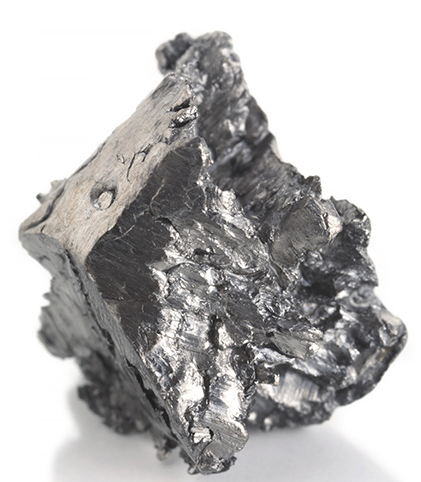New find to boost high-tech supply
 Scientists have uncovered a new way to find dysprosium – a key element for a range of cutting-edge technologies.
Scientists have uncovered a new way to find dysprosium – a key element for a range of cutting-edge technologies.
James Cook University (JCU) scientists have discovered the geological origins of dysprosium by analysing 1.65-billion-year-old samples of the rock from drilling samples at the Northern Minerals' Browns Ridge project near the western Northern Territory border.
The study published in September has provided new ways to identify new deposits of the metal.
JCU’s Associate Professor Carl Spandler said it is in important development, as dysprosium is central to a number of high-tech growth industries.
“Dysprosium in particular is an essential component for magnets for turbines and electric motors,” he told the ABC.
“Adding a little bit of dysprosium to the magnet allows the magnetism to be retained, even at very high temperatures.
“As we see things like electric cars becoming much more common and the push towards green energy, with things like wind turbines, the amount of dysprosium we're going to need is going to go up.”
The findings should be able to diversify the deposits of the metal, breaking China’s current monopoly on 98 per cent of the world’s supply.
Importantly, it appears that a large proportion of northern Australia has potential to contain these minerals.
Most rare earth mineral production around the world occurs in clay soils that come from ancient magma flows.
However, the ores at Browns Range formed in a completely different way, apparently not related to any magmatic activities in the local area.
Reports say the JCU team’s findings have already led to the discovery of further deposits.








 Print
Print